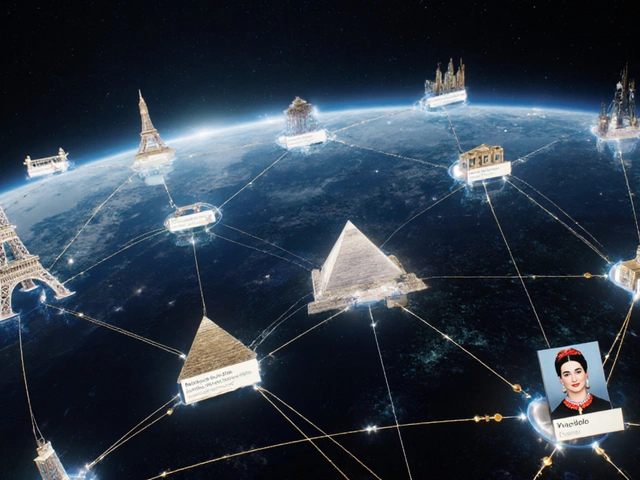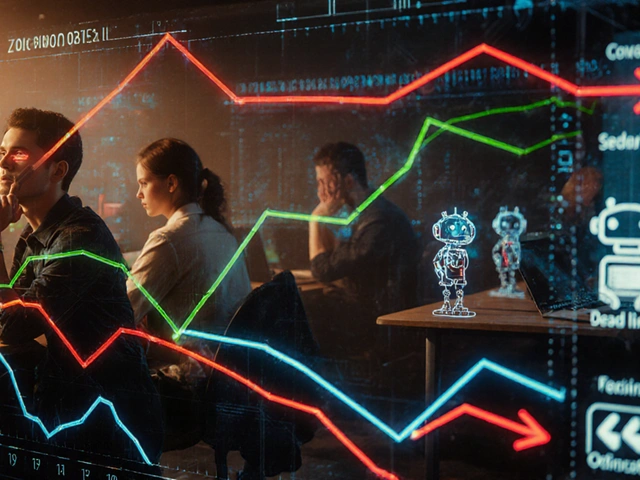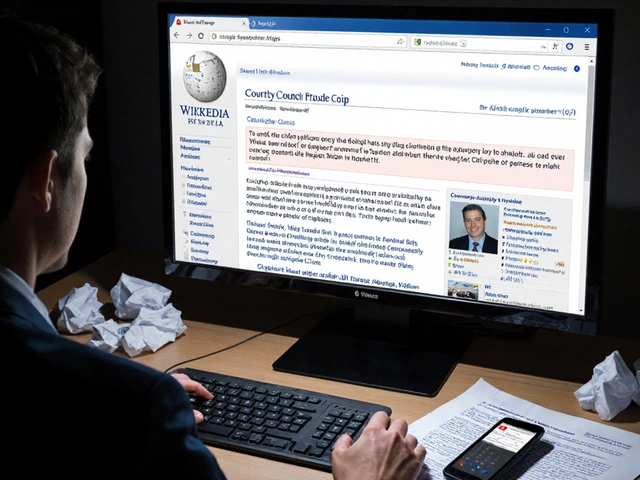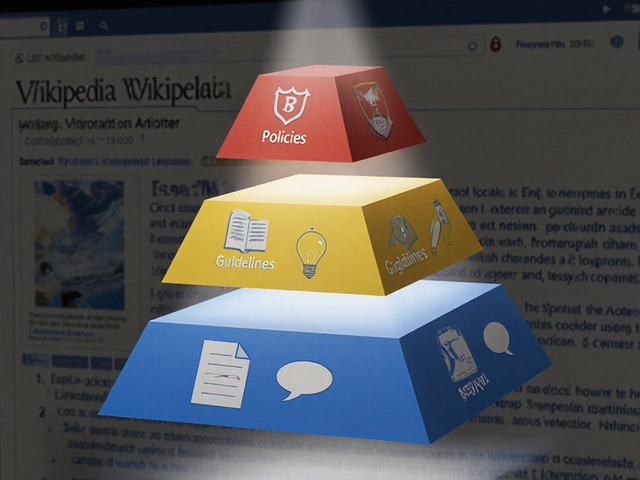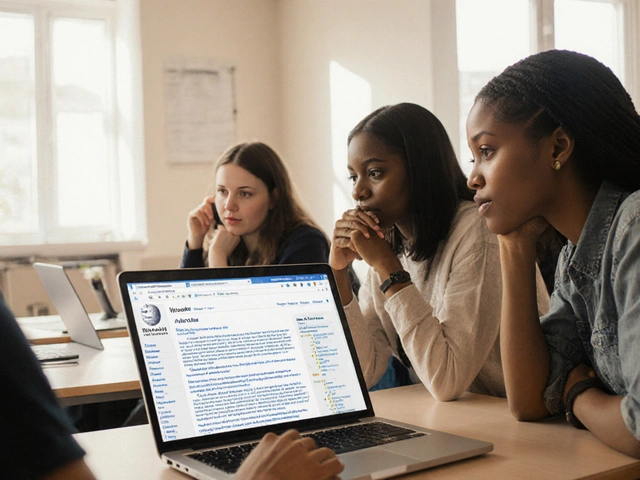License Compatibility: What It Means for Wikipedia and Open Knowledge
When you edit Wikipedia, you’re not just writing words—you’re helping build something that can be reused, shared, and even sold by others. That’s possible because of license compatibility, the set of rules that determine whether content from one source can legally mix with content from another under open licenses. Also known as copyright compatibility, it’s the quiet engine behind why Wikipedia can include text from government reports, academic papers, and even other wikis—but not from most blogs, books, or news sites. If two licenses don’t play nice, the content can’t stay. That’s why editors reject sources that look good but come with restrictions like "no derivatives" or "non-commercial use only." It’s not about quality—it’s about freedom.
Wikipedia uses Creative Commons Attribution-ShareAlike, a license that lets anyone copy and adapt content as long as they give credit and share it under the same terms. But not every open source is built the same. Some licenses, like the GNU Free Documentation License, used in older Wikipedia content, are compatible. Others, like the more restrictive CC BY-NC or CC BY-ND, are not. That’s why you’ll see editors asking: "Where did this come from?" and "Can we relicense it?" Even if a source is free to read, it’s not always free to reuse. And when someone submits a photo from a museum’s website or a quote from a recent newspaper, they often don’t realize it’s blocked by copyright, not by accuracy.
License compatibility also affects how Wikipedia works with other projects. Wikidata, the structured data hub behind Wikipedia’s facts, relies on the same rules—every fact added must come from a compatible source. That’s why volunteers spend hours checking if a dataset from a university or government archive can be legally imported. It’s not glamorous, but without it, Wikipedia’s data would slowly turn into a legal minefield. Even AI tools trained on Wikipedia must follow these rules. If they pull in content from a non-compatible source, they risk spreading copyrighted material under the guise of "public knowledge."
There’s a reason Wikipedia doesn’t just copy from Google Books or JSTOR—even if the content is behind a paywall. The license isn’t just a legal footnote; it’s a promise. A promise that anyone, anywhere, can take this knowledge and use it to teach, build, or innovate. That’s why editors fight to keep out even seemingly harmless snippets. One incompatible image or paragraph can taint an entire article. And once it’s in, it’s hard to remove without breaking the chain of reuse.
What you’ll find below are real stories from Wikipedia’s front lines: how volunteers track down compatible sources, why some articles get deleted over licensing issues, how copyright takedowns erase valuable content, and what happens when AI tries to cut corners. These aren’t theoretical debates—they’re daily battles to keep knowledge truly free.
CC BY-SA Licensing on Wikipedia: How Versioning, Compatibility, and Reuse Work
Wikipedia's CC BY-SA license lets anyone reuse its content for free, as long as credit is given and changes are shared under the same terms. Learn how versioning, compatibility, and reuse rules work in practice.

